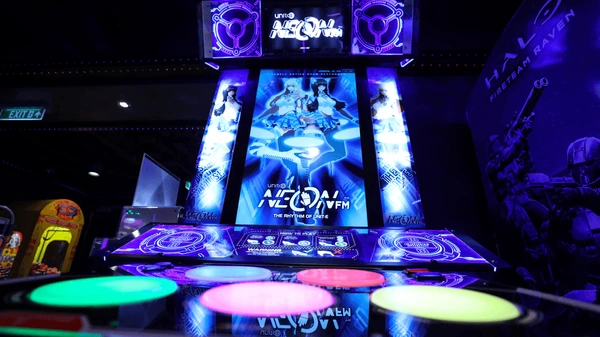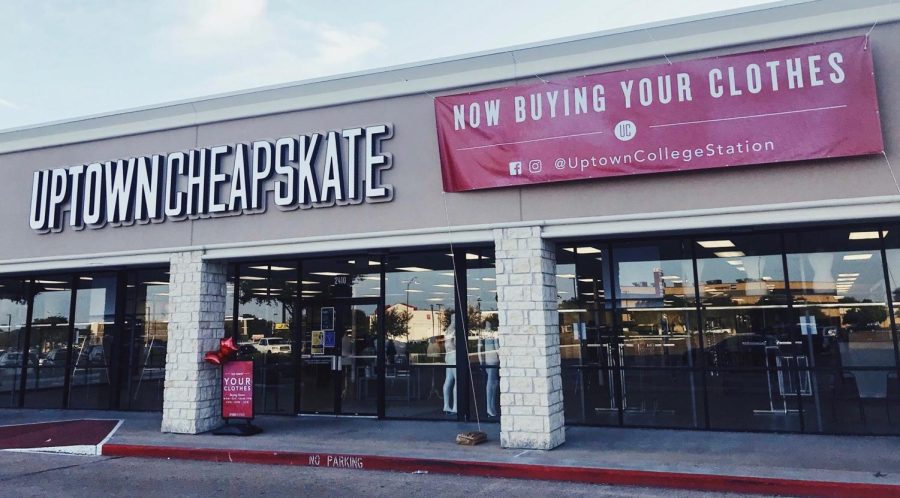Are thrift stores really better for the environment?
April 24, 2023
Buying clothes from thrift stores has been lauded as being a more sustainable and environmentally conscious way to shop for clothes;however this seems to have been a clever feel good marketing ploy
Thrift stores are historically more environmentally friendly because they resell clothes that would otherwise be thrown into landfills. The saying “one man’s trash is another man’s treasure” is practically the tagline of thrift stores. The reselling of fast fashion at thrift stores has increased so greatly that the environmentally friendly aspect of second hand clothing stores has quickly become just as problematic as fast fashion websites themselves.
Popular fast fashion brands such as “SHEIN” have taken over the shelves at once environmentally friendly stores. Fast fashion is clothing that is made in very unethical ways that is often mass produced and sold for low prices. The quality of these garments is often very poor and the sweatshops that churn out these products operate with inhumane working conditions.
Many people use thrift stores and second hand clothing stores as a way to find quality clothing that fits into their budget. The rise of mass produced fashion in these historically more affordable stores has changed the dynamics of these stores for the worse. People that want high quality clothing but don’t have the budget for it now barely have an option when they go to a thrift store because the shelves are filled with low quality clothing.
The prices inside of thrift stores have also skyrocketed along with their growing popularity. With huge influxes of donations and consumers the prices inside of these once affordable stores have gone through the roof. People now walk into thrift stores and buy things that are being sold for almost the same price it would’ve been sold at face value. These dramatic price changes diminish the sustainability and affordability of thrift stores which are their main selling points.
Another rising issue in thrift stores is that some stores have started selling new clothing that the store itself orders from fast fashion websites. A local store called UpTown Cheapskate is definitely guilty of this.
UpTown Cheapskate sells used clothing and new clothing which has been a huge selling point of the store because people can buy brand new clothes for a thrift store price. However, the production companies making these clothes aren’t exactly at the level of sustainability that would be expected from a thrift store. The main brand that this store gets their new clothes from is called “Ice Bird.” A simple google search can reveal that this “Ice Bird” brand is more deceiving than you may think.
Ice Bird is a brand that mass produces low quality clothes and markets them directly for stores and distributors. This brand is practically fast fashion for producers that gets marketed to consumers in a way where they don’t know the origin and production of these clothes. One visit to the Ice Bird website shows these clothes can only be ordered in mass quantities. The website features almost no other information about the production of the clothes which is interesting because they sell everything from wedding gowns to swimsuits.
This is just one example of how the golden age of thrifting has ended. The sustainability of the clothes in these stores has dramatically reduced as the prices have gone up. These stores that were once praised for their good nature are now almost as bad as the websites they advertise against. Whether people are buying from “SHEIN” or their favorite thrifts, their environmental footprints stay the same as long as thrift stores are acting unsustainably.






























